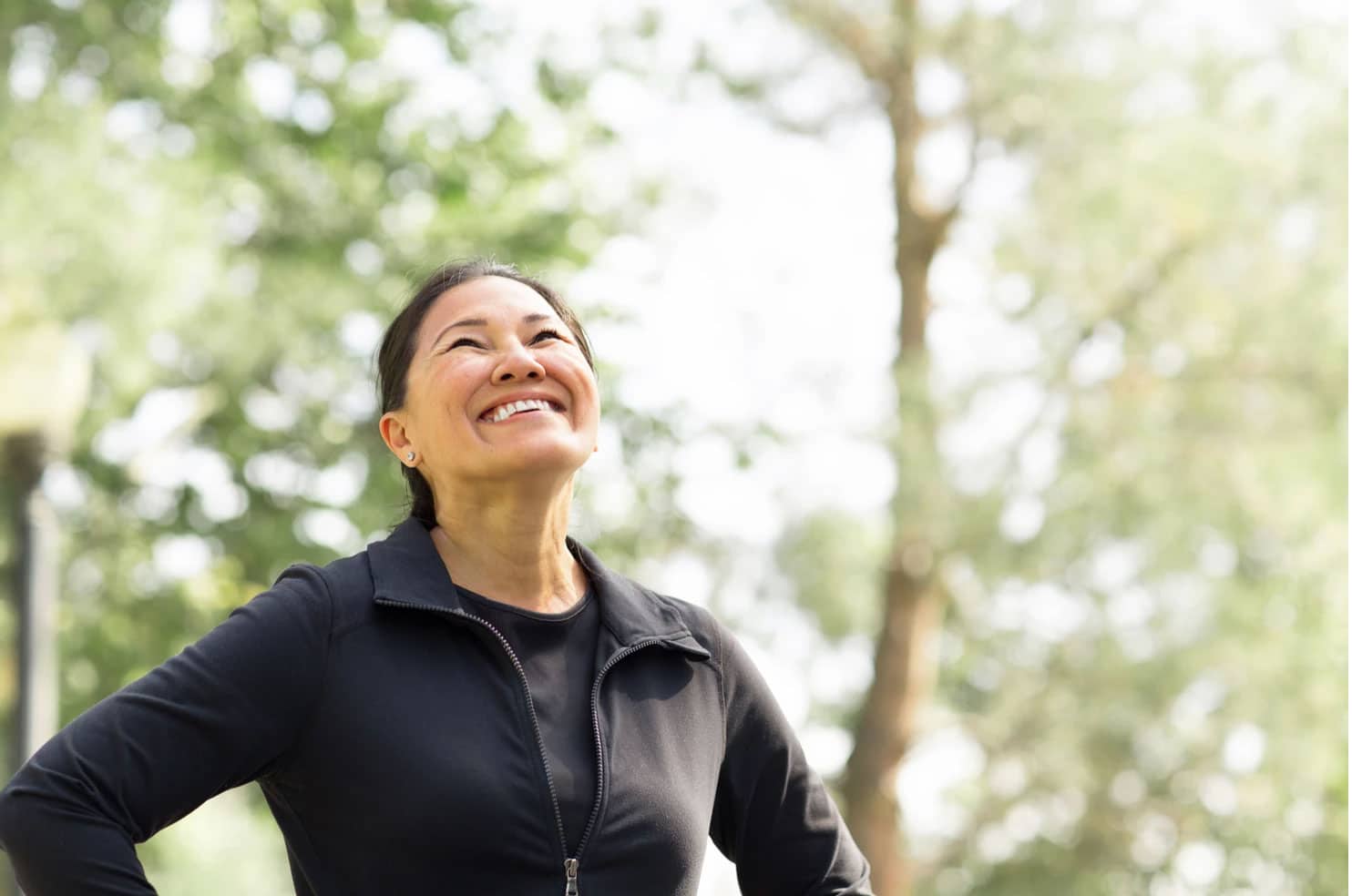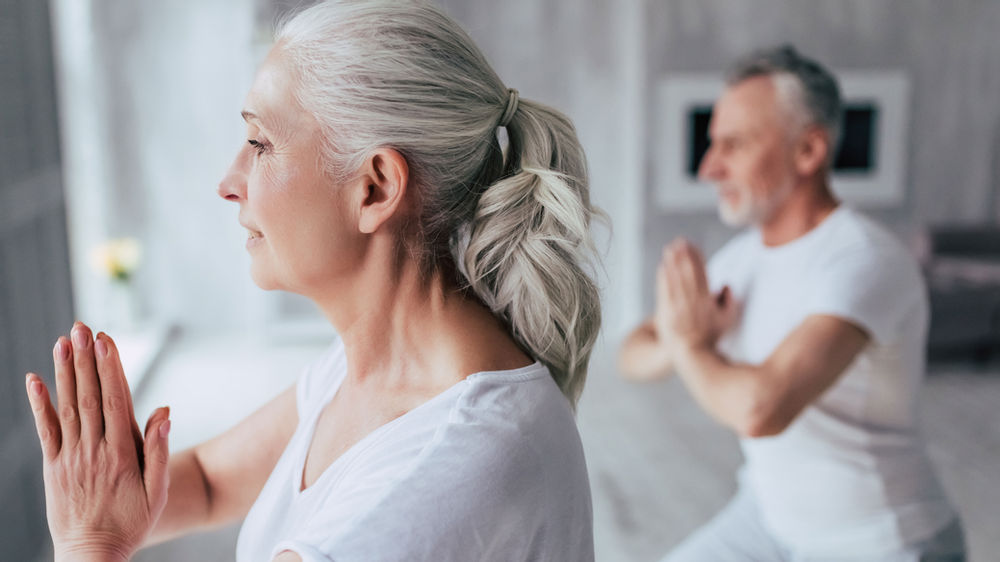
Breathing Mechanics and Physiology: Why Better Breathing Means Better Health
We breathe over 20,000 times a day, yet most of us don’t think twice about it. But if you struggle with chronic pain, fatigue, stress,

Here we go again.
It feels like Groundhog day!
In Sydney we are now in week 3 of our second lockdown. And it looks like we have a few more to go!
It’s hard to be here again, but we did it before and we’ll do it again. Hopefully we are not in this position for too long.
Many of you are now back at home full-time working and maybe even monitoring your child’s online learning.
If you’re like a lot of us, your exercise routine has also probably changed with the closure of gyms and group training.
Winter is often a time of more hibernation, but with a big reduction in social contact, we need to stay on top of our health – physical and mental – now more than ever!
The COVID fatigue is real!
During our first lockdown there were two key things we observed with patients coming into the clinic:
These were summarised as Ms Work Harder and Mr Run More and can be found here. This blog was aptly named “Working from home: Lessons learned in isolation”. So instead of making the same mistakes we did back then, we’d like to help you do it better this time around – let’s “redo” it!
The balance between:





Those are just a few examples of ways in which you can find balance in your life. Some may be great for you, some better for others. Use what you can to get you through his lockdown period.
Lastly, just a reminder, that as an essential service the Physio’s and Exercise Physiologist at RedoHealth are here to help you – get in touch if you have any questions.

We breathe over 20,000 times a day, yet most of us don’t think twice about it. But if you struggle with chronic pain, fatigue, stress,

From Melinda… For people who come to my classes and clients who have been seeing me for a while, may have heard some of the

Meet Susan Susan recently suffered a fall attempting to lift a 2.5kg bag of soil overhead in her garden shed when she felt her leg
Sign Up Below To Get Your Free RedoHealth Guide Now

By registering, you agree to receive SMS and email communications from RedoHealth. No spam guaranteed. Unsubscribe at anytime.